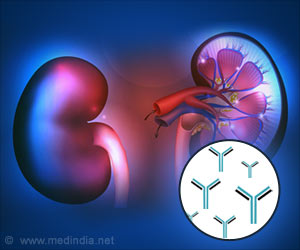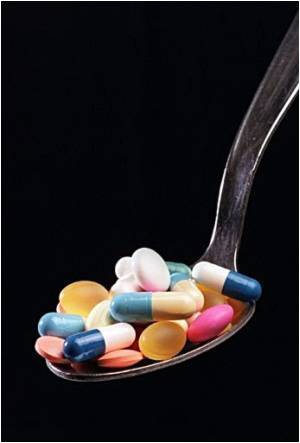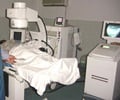- Polycystic kidney disease (PKD) is a genetic disease that causes many fluid-filled cysts to grow inside the kidneys
- A recent study suggests that increasing the levels of sugar in dish-cultures in a laboratory caused the cysts to swell by pulling in sugar-rich fluid //
- Molecules that block the uptake of blood glucose could serve as potential treatment modalities for PKD
Glucose absorption drives cystogenesis in a human organoid-on-chip model of polycystic kidney disease
Go to source).
Effect of Sugar on Kidneys
Sugar uptake is something that kidneys do all the time. Researchers found that increasing the levels of sugar in dish-cultures caused cysts to swell. And when they employed drugs known to block sugar absorption in the kidneys, it blocked this swelling. It relates less to blood sugar level and more to how kidney cells take in sugar — which in this process seemed to go berserk and give rise to cysts.Although researchers can grow organoids that give rise to PKD cysts, the mechanisms of those cysts’ formation are not yet understood. This investigation focused on how the flow of fluid within the kidney contributes to PKD.
To accomplish this, scientists developed a new technique that combines a kidney organoid with a microfluidic chip. This allowed water, sugar, amino acids, and other nutrients to flow over organoids that had been genetically modified to mimic PKD.
Researchers were expecting the PKD cysts in the organoids to get worse under flow because the disease is associated with the physiological flow rates that they were exploring. The interesting part was that the process of cyst-swelling involved absorption: the intake of fluid inward through cells from outside the cyst. That’s the opposite of what is commonly thought, which is that cysts form by pushing fluid outward through cells. It’s a whole new way of thinking about cyst formation.
In the chips, the researchers observed that the cells lining the walls of the PKD cysts faced outward as they stretched and swelled, such that the tops of the cells were on the outside of the cysts. This inverted arrangement - these cells would be facing inward in living kidneys - suggests that cysts grow by pulling in sugar-rich fluid, not by secreting the liquid.
Potential for Treatment of Polycystic Kidney Disease
The observation gives researchers more information about how cysts form in organoids, a finding that will have to be tested further in vivo. As well, the fact that sugar levels drive cyst development points to new potential therapeutic options.Polycystic kidney disease (PKD) is a genetic disorder that causes many fluid-filled cysts to grow in the kidneys. Unlike the usually harmless simple kidney cysts that can form in the kidneys later in life, PKD cysts can change the shape of the kidneys, including making them much larger.
Polycystic kidney disease
Go to source).
References:
- Glucose absorption drives cystogenesis in a human organoid-on-chip model of polycystic kidney disease - (https://www.nature.com/articles/s41467-022-35537-2)
- Polycystic kidney disease - (https://www.mayoclinic.org/diseases-conditions/polycystic-kidney-disease/symptoms-causes/syc-20352820)
Source-Medindia
















